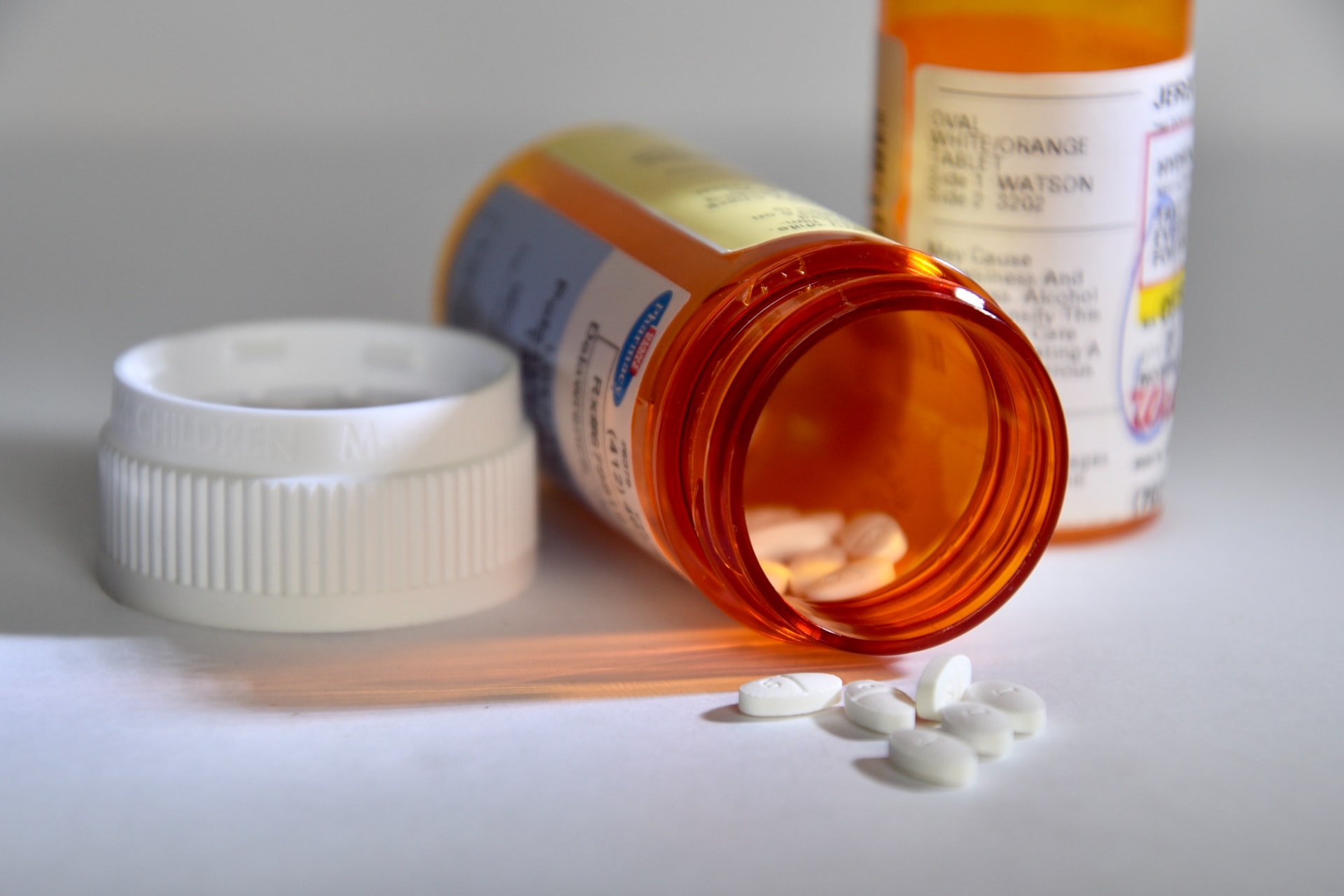Around 112,000 people are waiting for transplant organs all over the U.S., but there aren’t enough of them to go around. Researchers at the Stevens Institute of Technology, a private research university in New Jersey, are working on a way to 3D print organs using microfluidics. 3D printing has been around for several decades, but if this new venture proves successful, patients may not have to wait as long to receive a transplant.
Scaling Down
Robert Chang, an associate professor in the mechanical engineering department at Stevens’ Schaefer School of Engineering and Science, and his colleagues have been refining the 3D printing process to see if it can be used to develop different kinds of organs and even repair skin on an open wound.
He says existing technology doesn’t work on a scale that’s compatible with human biology.
“Creating new organs to order and saving lives without the need for a human donor will be an immense benefit to healthcare,” Chang said. “However, reaching that goal is tricky because printing organs using ‘bio-inks’ — hydrogels laden with cultured cells — requires a degree of fine control over the geometry and size of printed microfiber that current 3D printers simply can’t achieve.”
Chang and his team started using microfluidics, the precise manipulation of liquids through tiny channels, to operate on a scale much smaller than ever thought possible.
The team’s findings, which were recently published in Scientific Reports, details how this technology can be used in healthcare applications.
“The recent publication aims to improve the controllability and predictability over the structure of the fabricated microtissues and microfibers enabled by microfluidic bioprinting technology,” said Ahmadreza Zaei, one of Chang’s colleagues.
Existing bio-printers can only build on a scale of 200 microns, which is about a tenth of the width of a piece of spaghetti, but microfluidics allow the machine to create structures on the cellular level.
“The scale is very important because it affects the biology of the organ,” Chang added. “We’re operating at the scale of human cells, and that lets us print structures that mimic the biological features we’re trying to replicate.”
The microfluidics also give the machine greater control over the flow of bio-ink. Users can switch between different types of cultured cells and tissue precursors within the same structure, not unlike the way your printer combines different colored inks to make a complete image.
The researchers have already created their first bladder, but more complicated organs like kidneys and livers require a wider range of bio-inks.
They are still figuring out how different factors, such as channel structures, flow speed, and fluid dynamics, affect the geometry of the structures.
But Chang and his colleagues say the possibilities are endless.
“Being able to operate at this scale, while precisely mixing bio-inks, makes it possible for us to reproduce any tissue type,” he said.
Before creating the organs, the team had to create a microfluidic printing head and a computational model that accurately predicts how these organs will behave in the real world.
“Our computational model advances a formulaic extraction that can be used to predict the various geometrical parameters of the fabricated structures extruded from the microfluidic channels,” said Zaeri.
Chang says their work shows that this technology can even be used to 3D print skin that can be grafted onto a wound.
“This technology is still so new that we don’t know precisely what it will enable. But we know it will open the door to creating new structures and important new types of biology.”




